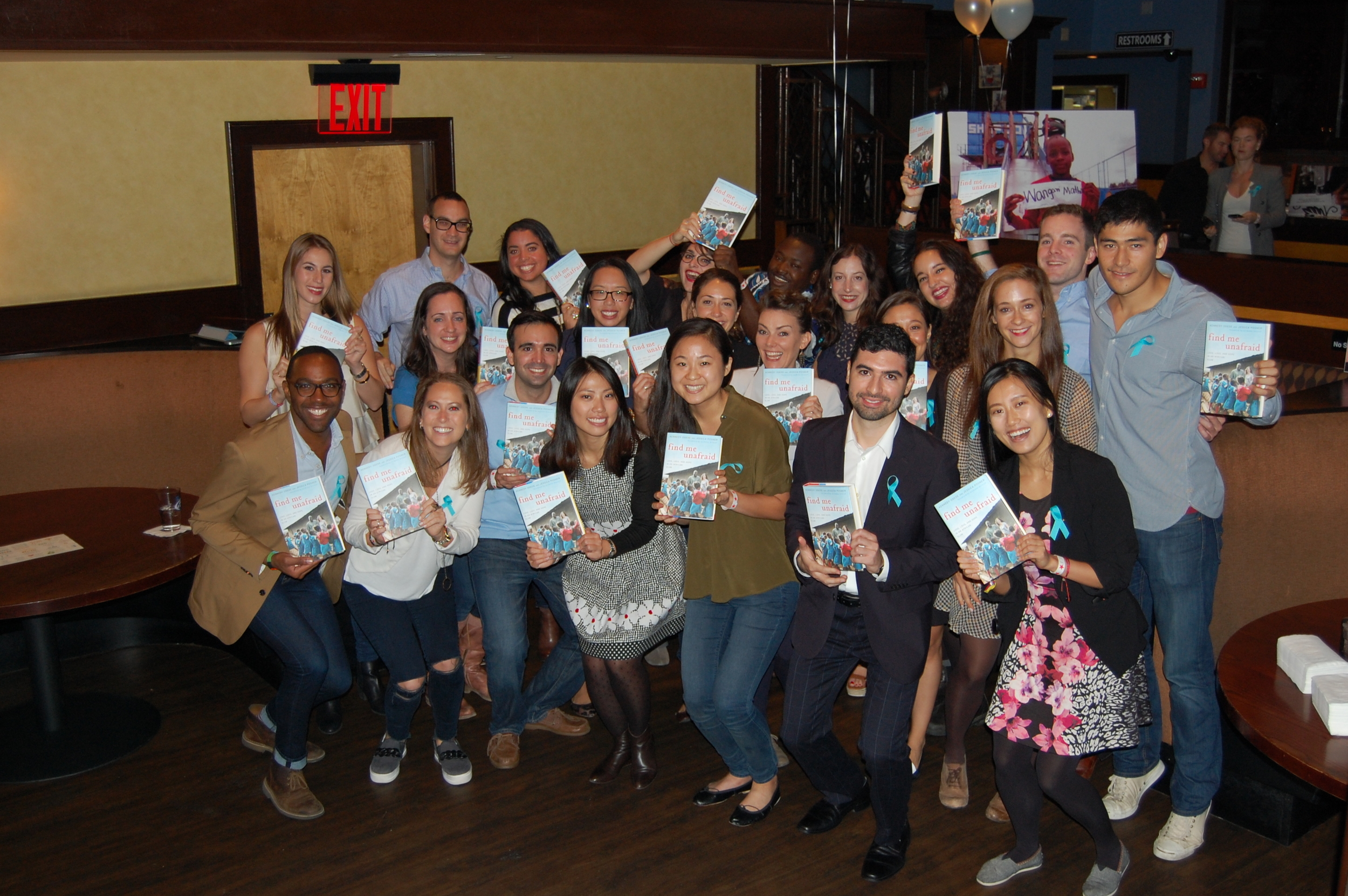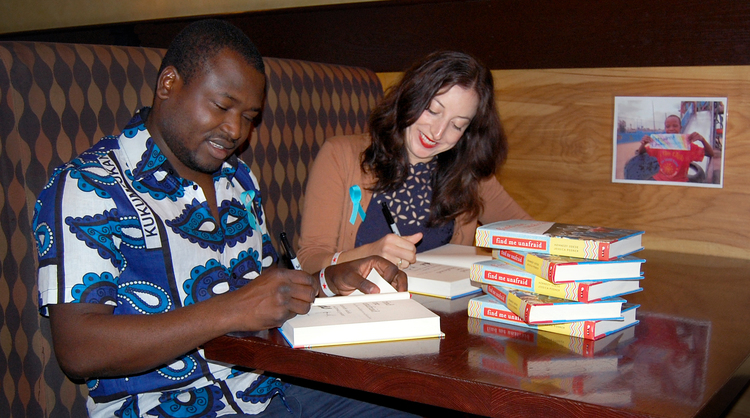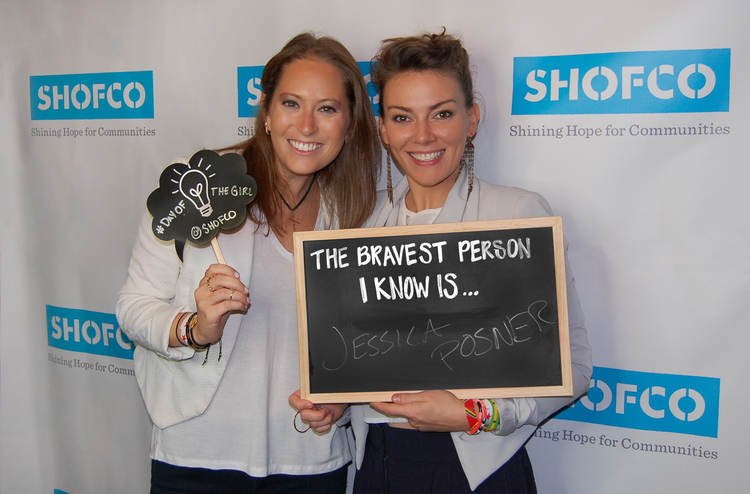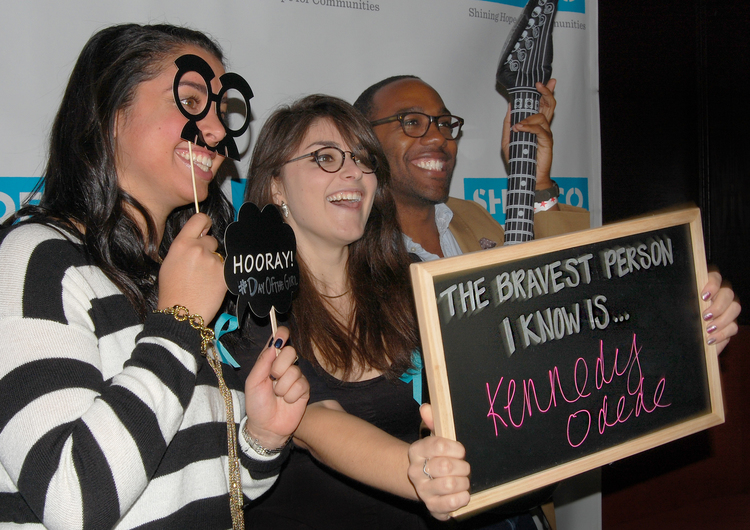Finally, we set off on our first lap! The reservoir is 1.58 miles long and, at 45 minutes, the first lap went a little slowly. I kept telling myself that every step I took and every lap I ran was helping to raise money for a very important cause. I knew that all of this was for little girls, just like me, to learn to read and write and do math--things that students my age too often take for granted and sometimes dread. The second lap was easier; we improved our speed by 20 minutes. Then, some of the second lap runners wanted to run again, so we completed a third lap together in only 15 minutes! The whole experience was amazing, and we all had such a good time.
After my run, I felt proud. In a comic, my chest would have swelled up with pride and carried me away. Before, I donated to organizations as if it was no big deal. I hadn’t really thought of what those precious dollars could do for the lives of others. But this time, I closed the project by visiting the SHOFCO office in Lower Manhattan. I proudly handed over the $2,400 check that would soon send two young aspiring female leaders to school in Kibera. It was really amazing to actually talk to the people who will make sure the money we raised is spent to right a wrong and correct an injustice.
Over the course of a few months, this project has changed me. It is the first hands-on community service project that I have done mostly on my own, and this time, I put real lives behind the numbers. Two girls, with lives just as important as ours, will get the education that every girl deserves because of the money raised by my school. I am so happy that we managed to complete a simple act of justice--and I hope that it will spark more acts in all of us.
About the author: Lili Wilson is a rising 7th grade student at East Side Middle School. Special thanks to Leith Greenslade, Elah and Maia Wilson, Principal David Getz, Declan Stacy, Katerina Corr, Daniela Casiguano, Alex Baysara, Ben Schancupp, Lucas Venetoulias, Gabi Galchen, Rayna Auerbach, Julia Bracci and all who helped to make this event a success.







